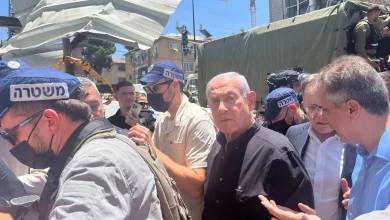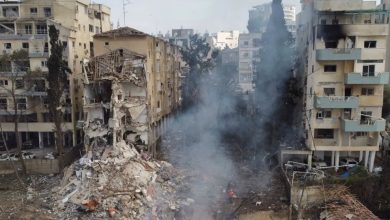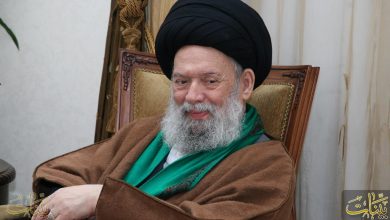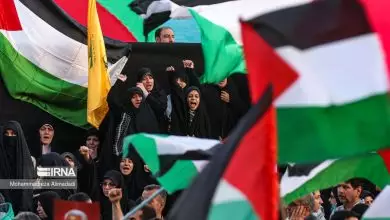Commander: Iranian Air Force to Use Different Fighter Jets, UAVs in Upcoming Wargames
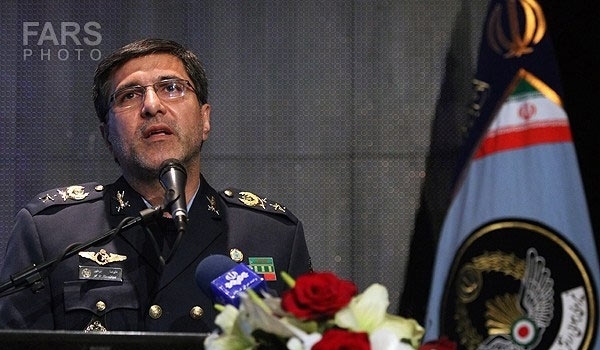
The Iranian Air Force will use different types of fighter jets and unmanned aerial vehicles (UAVs) in its military drills codenamed ‘Fadaeeyan-e Harim-e Veletayat-5’ which will start on Saturday, a senior commander announced on Friday.
“The exercises will be held tomorrow in Isfahan and all fighter jets, bomber jets, transport planes, reconnaissance aircraft, refueling planes and different kinds of drones will take part in these wargames,” Lieutenant Commander of the Iranian Air Force Brigadier General Alireza Barkhor said on Friday.
He noted that the preliminary stage of the Air Force drills has already started with participation of F4, F5, F14, F7, Sokhoi 24, Mig 29, C 130, Boeings 707 and 747, Saeqeh and different types of drones.
“These wargames have been planned for three stages; the first stage deals with reconnaissance, receiving and transferring intelligence during which the young and brave pilots of the Air Force will use their fighter jets and drones in different parts of the wargames zone round the clock to identify the specified targets,” Brigadier General Barkhor said.
And in the second stage of the military drills the identified targets will be hit and the third stage of the maneuvers will focus on passive Air Defense.
Brigadier General Barkhor mentioned air combat and destroying targets in the air and on the ground as the main and outstanding features of Fadaeeyan-e Harim-e Veletayat-5 wargames.
“The Air Force, alongside other Iranian Armed Forces, is tasked with defending and protecting the country’s airspace, but it has the message of security, stability, friendship and peace for the regional countries,” he added.
Brigadier General Barkhor pointed out that the goal of the Air Force maneuvers is boosting the skills of its commanders, conducting operations in simulated combat zone, updating systems and testing defense achievements and also displaying the combat might of the Iranian Armed Forces.
In August, a senior Iranian Air Force commander announced that Iran had attained self-sufficiency in overhauling military aircraft despite the sanctions imposed by the western countries.
“Thanks God and thanks to the Iranian Air Force experts and engineers, we have become self-sufficient in airplane overhauling, pilot training and many other fields,” Head of Shahid Sattari Aviation Science and Technology University Brigadier General Mehdi Hadiyan announced.
He reiterated that the Air Force is now self-sufficient in all areas while all its planes fly in accordance with the required standards.
In recent years, Iran has made great achievements in the defense sector and gained self-sufficiency in manufacturing essential military hardware and defense systems.
Yet, Iranian officials have always stressed that the country’s military and arms programs serve defensive purposes and should not be perceived as a threat to any other country.
In June, Deputy Chief of Staff of the Iranian Armed Forces for Logistics Major General Mostafa Izadi announced Tehran’s preparedness to overhaul the most advanced jet engines in the world.
“I can say that we are able to provide the infrastructures to overhaul the latest version of any engines within 3 to 4 months,” Izadi said in Tehran.
He said that Iran Aircraft Industries (SAHA) is among the rare centers in the world which can overhaul and inspect different types of airplanes and engines of military and cargo planes.
“We have worked with many countries and have overhauled their planes and we have even overhauled planes in the African continent and South America,” Izadi said.
The regional states have also praised the high capabilities of Iranian Navy forces and experts in overhauling and building different types of planes and fighter jets.
In relevant remarks in August 2013, Iranian Air Force Commander Brigadier General Hassan Shah Safi underlined the need for long-term planning in the field of parts manufacturing and indigenizing production of the parts and components needed for his force’s fighter jets and aircraft.
“We should pay heed to (airplane) parts manufacturing more than before by adopting long-term planning in the field and looking at the far-away horizons,” Brigadier General Shah Safi said.
“We have fully supplied all the parts needed by the air force through expediting a parts manufacturing movement, cooperation with defense ministry’s aviation industries organization in manufacturing testers and utilizing veterans’ experiences,” he added.


